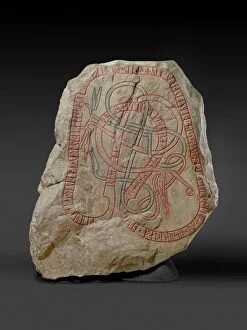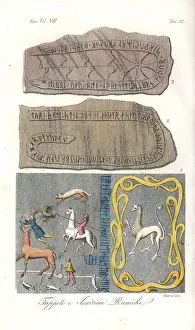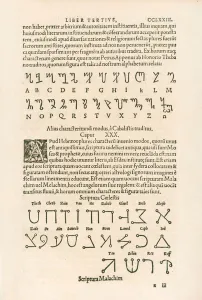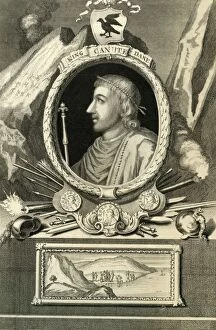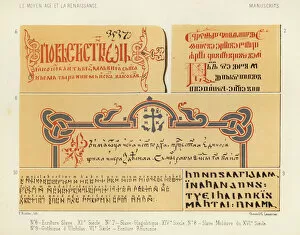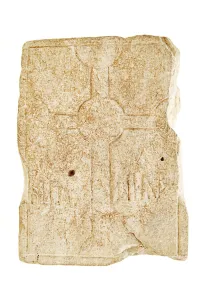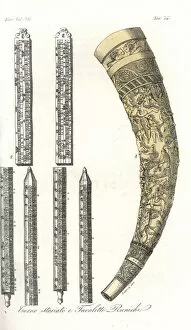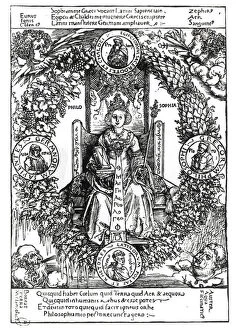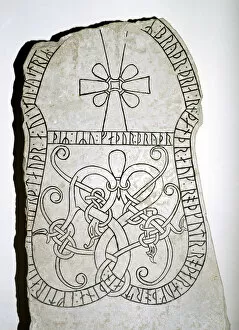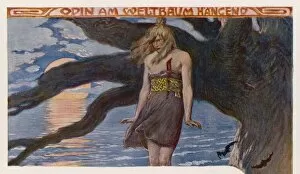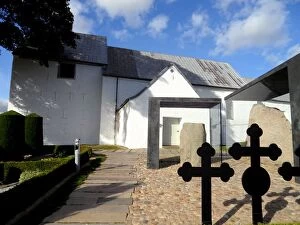Runes Collection
"Unraveling the Mysteries: Exploring the Enigmatic World of Runes" Step into a world where ancient secrets are etched upon stone and woven into tapestries
All Professionally Made to Order for Quick Shipping
"Unraveling the Mysteries: Exploring the Enigmatic World of Runes" Step into a world where ancient secrets are etched upon stone and woven into tapestries. The captivating allure of runes, with their intricate designs and profound meanings, continues to fascinate us today. Intriguingly, runic inscriptions found on carpet tapestries offer glimpses into the lives and beliefs of the mighty Vikings. These symbols served as a form of communication, carrying messages across time and space. One such artifact that captivates our imagination is a rune stone adorned with striking red inscriptions dating back to c. 787-1100. Its enigmatic markings whisper tales of forgotten realms and long-lost wisdom. Scandinavian runes hold immense significance in Norse culture, representing not only an alphabet but also embodying spiritual connections to gods like Wotan (Odin). They were believed to possess magical properties that could shape destinies. Venturing beyond Scandinavia's borders, we encounter the Theban alphabet or Honorian alphabet – another intriguing set associated with King Canute the Dane in 1732. This unique script adds yet another layer to our understanding of ancient writing systems. Delving deeper into history reveals how reading these cryptic symbols was once an art mastered by few. A vibrant lithograph titled "Reading the Runes" transports us back in time when seers deciphered hidden meanings within these mystical characters. From medieval manuscripts adorned with chromolitho illustrations depicting runic inscriptions to monumental steles featuring knights accompanied by loyal dogs – each artifact tells its own tale steeped in myth and legend. A remarkable runestone from the 7th-8th century stands as a testament to enduring craftsmanship while offering glimpses into forgotten sagas carved upon its weathered surface. Finally, we encounter Wotan (Odin), mounted on his eight-legged horse Sleipnir, immortalized in Viking runes on an island.

